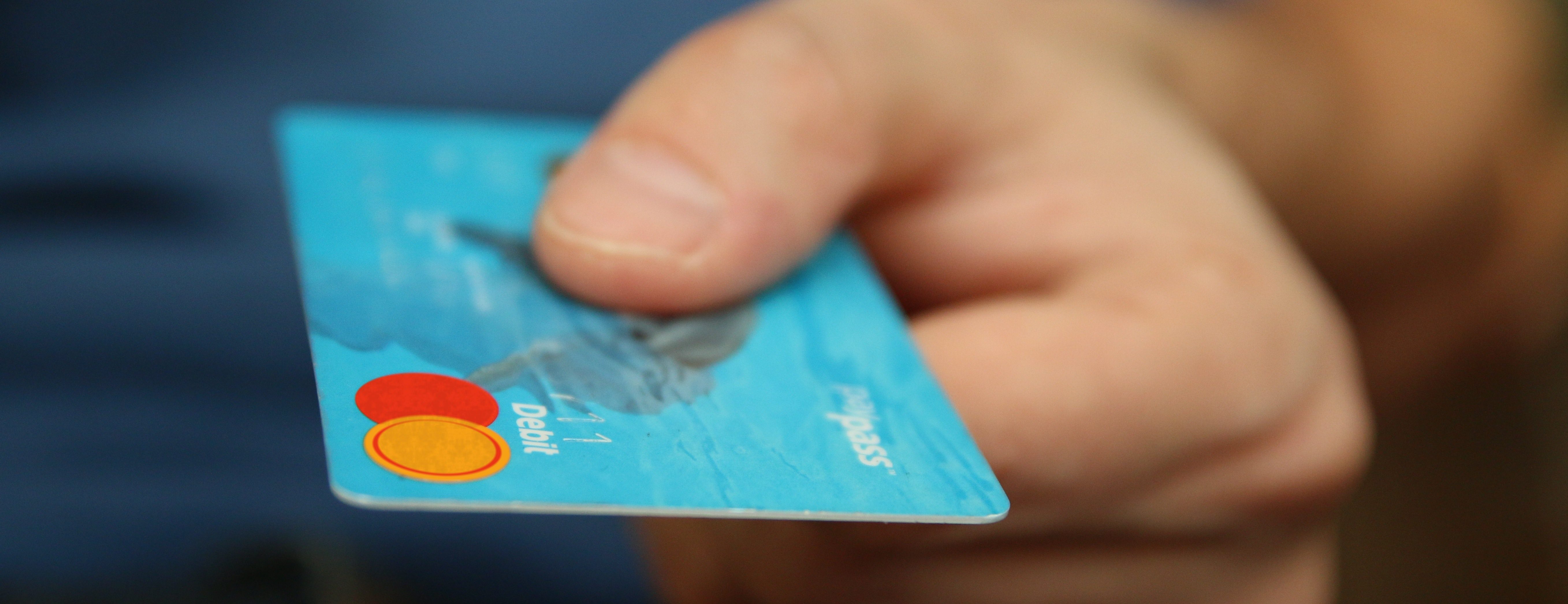Originally published in The Denver Post
By Steve Shear
Swiping credit cards is so 2014.
Many Coloradans are adept already at flashing a smartphone application at a Starbucks to pay for purchases. In the future, other stores may offer their own apps as well. A growing number of shoppers are using Apple Pay apps on iPhone 6s. Reportedly, an Android Pay system, similar to Google Wallet, is in development, too.
Soon, however, the number of choices will grow even more with the MCX (Merchant Customer Exchange) system, which includes Wal-Mart Stores and its CurrentC app.
At the same time, traditional credit card companies are replacing the familiar magnetic strips on the back of the plastic with embedded microchips on the front. The new cards, which are generally fed into readers, almost like ATM cards, are part of a fraud-protection system called EMV (Europay, Mastercard and Visa). So, say goodbye to that familiar swiping motion. EMV will also be used with some newer payment systems such as Square.
As a consumer, it will pay to watch closely at the checkout counter. Who is accepting which technologies? Which one offers the best deal? What happens to the data collected about my shopping habits?
Some of these technologies may have a small learning curve; don’t worry — it’s a speed bump. But some early education is important for several reasons.
- There will be an array of new choices, plus your newfangled EMV credit cards, as over time the marketplace picks winners and losers.
- Different systems will offer different sets of loyalty rewards and discounts. They might not be compatible with existing programs.
- Expect relentless and new forms of marketing, as well as customer data gathering (and opt-out capabilities) with some of these new systems.
- Parents beware. Teenagers and younger children (as well as adults) might find tapping a smart phone screen a tad too easy — and run up unexpected bills.
The EMV system will be the most recognizable to existing payment systems, as consumers simply receive a replacement card, sans strip. A more substantial change is that retailers who take the card — but do not use an EMV reader to scan it — assume liability for fraud instead of the credit card company.
Apple Pay, meanwhile, is getting a lot of publicity; companies as diverse as Nike, Uber and Target are using it. It’s also picking up steam in Colorado, as new partners include the Security Service Federal Credit Union, which was originally formed for the U.S. Air Force Security Service and has almost a million members here and in Texas and Utah.
Locally, the bank where I work is considering joining the Apple Pay network. Interestingly, a promising Boulder-based startup, ShipTable, is providing a back-end payment processing and tracking service for retailers using Apple Pay.
Apple Pay has lots of competition, of course. Besides apps offered by individual retailers, such as Starbucks (which will also take Apple Pay), there is MCX network’s CurrentC, which will be accepted by CVS Health and Rite Aid, as well as Wal-Mart.
These outlets will not accept Apple Pay, at least not on their CurrentC terminals, as the MCX process is akin to a direct-deposit and, perhaps most importantly, allows retailers to pay lower fees than systems using other apps, EMV or traditional credit card technology.
So, bottom line: Instead of simplifying things at the checkout counter, expect this panoply of e-payment products to produce a bit of confusion. On the positive side, however, shopping may become more efficient and interesting, and you may be given incentives to use various payment technologies.
Steve Shear is vice president, manager of treasury management at First Western Trust, a private bank and trust company based in Denver.

